“Dead Zones” were first reported and studied in 1910 — 4 areas in the world’s oceans. Currently the world-wide count is over 400. According to a study in the August 15 issue of the journal Science, the tally is 405 dead zones in coastal waters worldwide. These affect an area of 95,000 square miles, about the size of the country of New Zealand. Some of the increase is due to the discovery of low-oxygen areas that may have existed for years and are just being found, but others are actually newly developed. [Read More...]
-
Ocean Dead Zones of the Pacific Northwest – January 6, 2009
-
“Greening” the Foods We Eat or, Current Applications of Benjamin Franklin’s “Green Economics” – January 6, 2009
DID YOU KNOW?
- Food safety experts have identified the five most common food-borne pathogens. The “Big 5,” easily transmitted through food and the cause of severe illness are: Enterohemorrhagic E.coli or Shiga-toxin producing E. coli, Hepatitis A virus, Norovirus, and Salmonella Shigella. Salmonella is one of the most common pathogens and it has many different strains. Salmonella Shigella is only one strain. Since 1971 there have been at least 20 outbreaks of food-related poisoning. [Read More...]
-
Clams and Crayfish Used to Study Waterborne Contaminants – January 6, 2009
Recent water quality monitoring efforts in the Columbia River have relied upon the analysis of clam tissue to determine the levels of dangerous toxins that have been absorbed by aquatic organisms. In Vancouver, high levels of PCBs, a cancer-causing agent, have been identified in clam tissues taken from samples in front of Alcoa at the Port of Vancouver, and downstream toward the mouth of the flushing channel to Vancouver Lake. [Read More...]
-
Bursting the Bubble on Household Cleaning Products – January 5, 2009
Soap bubbles with cute smiling faces, sliding joyfully around a tub and shower, who wouldn’t want to buy what these animated little darlings want to sell you? But no matter how endearing, the only reality of the never ending need to clean our shower and tub is, as our parents used to say, “elbow grease.” A good scrubbing with a green scrubber and a non toxic product is the only way to clean a bathroom. [Read More...]
-
As Above, So Below: Rainwater=Groundwater – January 6, 2009
Living in the Northwest, we are fortunate to have a seemingly abundant supply of water. Although there is a considerable amount that falls from the sky, there is an equally important amount of water that lies below us.
The rain that falls from the sky eventually finds its way into the aquifers below ground. We rely on this water for everything from drinking water to water for our crops. [Read More...]
-
John Karpinski Letter to the Editor – December 20, 2008
This editorial was published by the Columbian newspaper.
Saturday, December 20, 2008
Rosemere’s effort deserves credit, too
The Dec. 17 editorial, “Cleanup under way,” lauds the current cleanup of the Columbia River shoreline from Alcoa’s extreme pollution. This is indeed a victory. The Columbian, Gov. Chris Gregoire, and DOE Director Jay Manning, all deserve praise for their fine work. [Read More...]
-
Local View: Stormwater Pollution is a Critical Issue for Clark County – Sunday, December 14, 2008
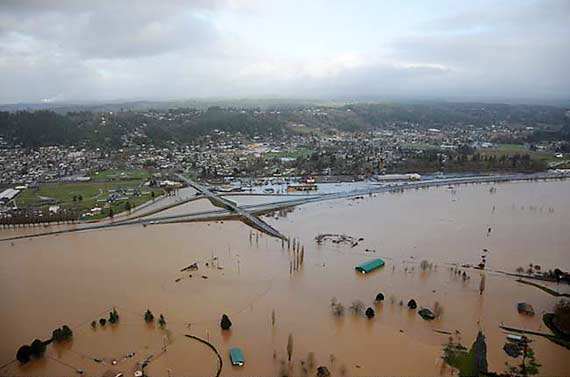
Flooding Chehalis, WA, on I-5 corridor. State Stormwater regulations work to alleviate stresses of high level storm events that can cause major flooding. These events represent only 1% of the rainfall in our state, yet do the most significant damage.
This editorial was published by the Columbian newspaper:
Sunday, December 14, 2008
By Dvija Bertish, Rosemere Neighborhood Association and Lauren Goldberg, Toxics and Conservation Director, Columbia RiverkeeperThe recent story regarding the City of Vancouver’s move to increase protections for our local creeks and rivers from the stormwater that carries thousands of pounds of heavy metals, pesticides, and oil from city streets should be welcome news to everyone who values clean water, salmon or the chance for your family to enjoy a swim in a local river or lake. [Read More...]
-
Media Release: Groups praise cleanup action at Alcoa’s Vancouver site, but say more is needed – November 24, 2008
FOR IMMEDIATE RELEASEFor More Information, Call:
Dvija Michael Bertish
Rosemere Neighborhood AssociationLauren Goldberg
Conservation Director,
Columbia Riverkeeper
541-965-0985
lauren@columbiariverkeeper.orgNovember 24, 2008
Groups praise cleanup action at Alcoa’s Vancouver site, but say more is needed
VANCOUVER, WA — The Rosemere Neighborhood Association (RNA) and Columbia Riverkeeper (CRK) today called on the Washington Department of Ecology to require prompt cleanup of all toxic contamination caused by the Alcoa site in Vancouver. The Alcoa-Evergreen site is located on the banks of the Columbia River, inside Vancouver city limits, at the Port of Vancouver. The site is approximately 5000 feet from the mouth of the flushing channel to Vancouver Lake. As a former aluminum smelter site, the Alcoa property contributed significant quantities of toxic PCB contamination to the Columbia River. Toxic pollution from Alcoa continues to this day including TCE, PAHs and PCBs that are actively leaching into the Columbia just east of public recreation areas where local residents have direct contact with the river and also harvest shellfish. [Read More...]
-
EPA ADDRESSES THE COLUMBIA RIVER CROSSING PROJECT – July 8, 2008
Letter Originally Dated July 1, 2008
(posted 12:15 AM, July 9, 2008)
The U.S. Environmental Protection Agency sent a letter, dated July 1, 2008, to officials in the Federal Highway Administration and the Federal Transit Administration. “The U.S. Environmental Protection Agency has reviewed the Interstate 5 Columbia River Crossing Project Draft Environmental Impact Statement (DEIS) and Draft Section 4(f) Evaluation. We are submitting comments in accordance with our responsibilities under the National Environmental Policy Act (NEPA) and Section 309 of the Clean Air Act.” [Read More...]
-
LETTER TO THE EDITOR RE: Railroad Trestle – April 1, 2008
Posted 12:15 AM, April 13, 2008
Submitted to The Columbian, April 1, 2008
Last November 2007, the Columbian published an article “Tussle Over Trestle”. Local citizen, Ed Swindell, noted that a collapsed creosote laden railroad trestle was probably polluting Burnt Bridge Creek and it should be removed. This initiated finger pointing between Clark County and BNSF Railway over whose mess this was. Neither was inclined to claim property ownership. [Read More...]




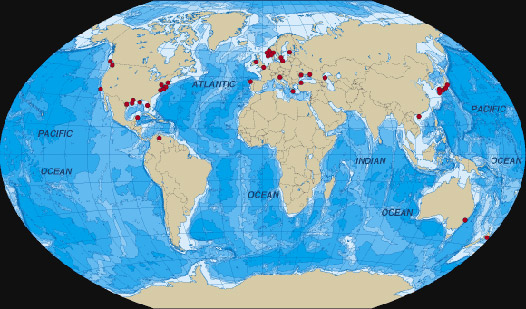
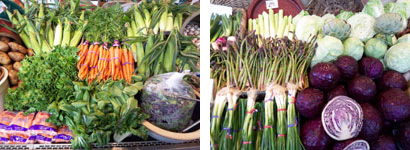
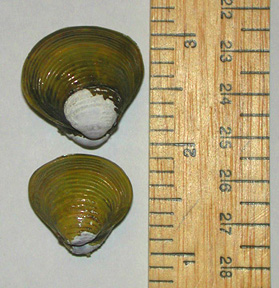

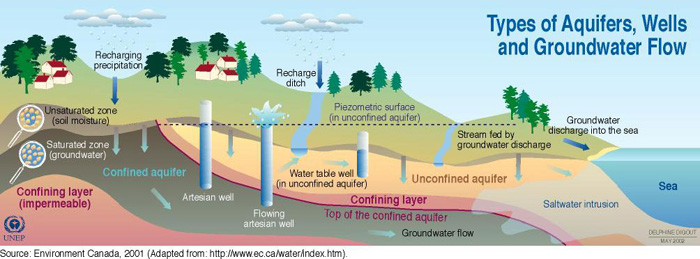
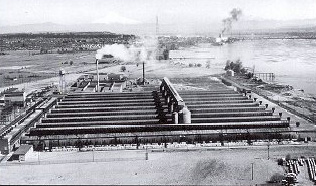


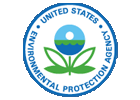







![Washington State Water Quality Assessment [303(d)] Washington State Department of Ecology](http://www.rosemerena.org/home/wp-content/uploads/2009/03/ecy_logo.gif)

